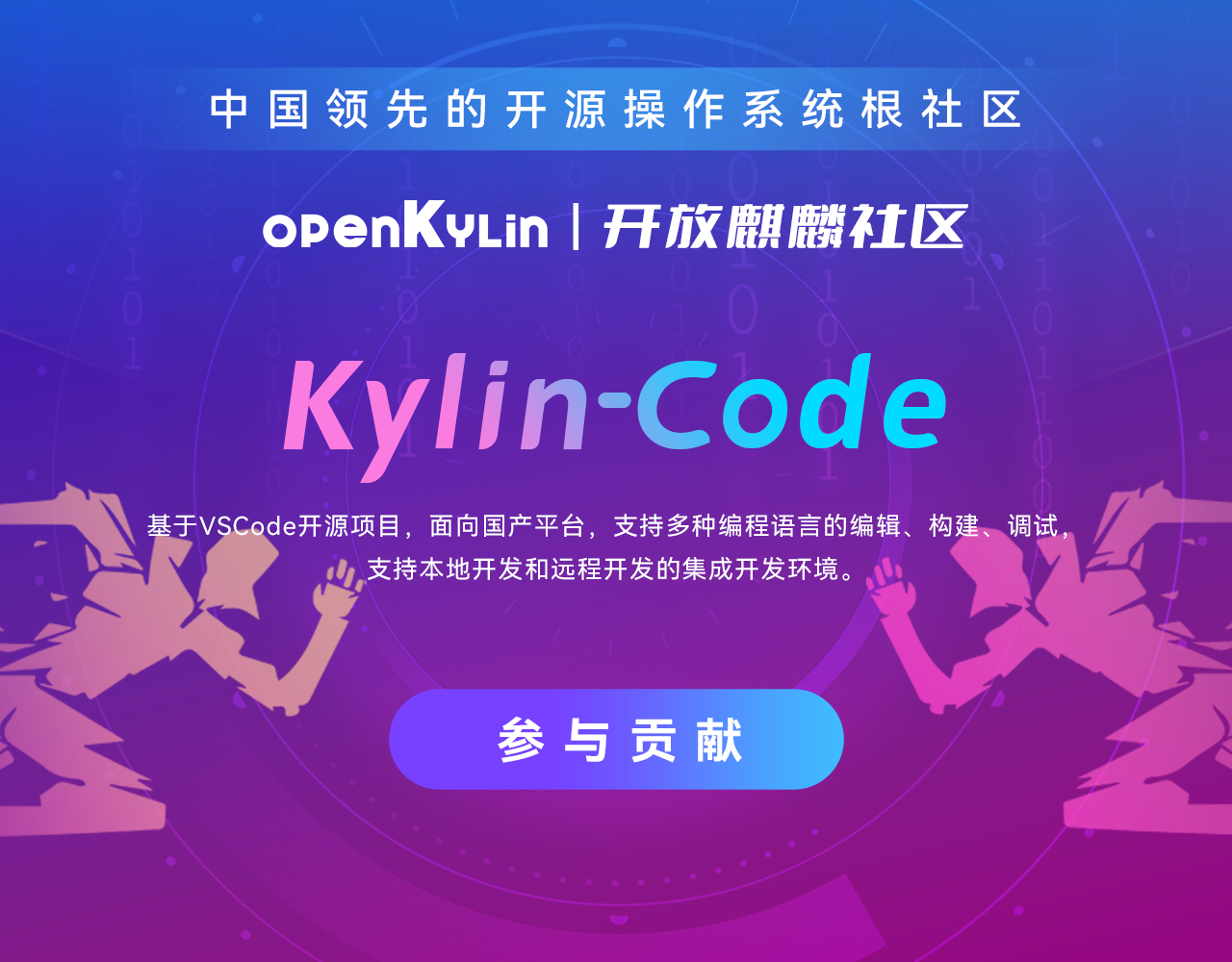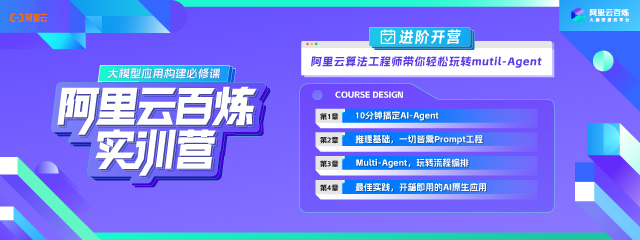public class LinkedBlockingQueueTest { public static int eventNum = 5000000; public static void main(String[] args) { final BlockingQueue<LogEvent> queue = new LinkedBlockingQueue<LogEvent>(); final long startTime = System.currentTimeMillis(); new Thread(new Runnable() { @Override public void run() { int i = 0; while (i < eventNum) { LogEvent logEvent = new LogEvent(i, "c" + i); try { queue.put(logEvent); } catch (InterruptedException e) { e.printStackTrace(); } i++; } } }).start(); new Thread(new Runnable() { @Override public void run() { int k = 0; while (k < eventNum) { try { queue.take(); } catch (InterruptedException e) { e.printStackTrace(); } k++; } long endTime = System.currentTimeMillis(); System.out .println("costTime = " + (endTime - startTime) + "ms"); } }).start(); } }
public class LogEvent implements Serializable { private static final long serialVersionUID = 1L; private long logId; private String content; public LogEvent(){ } public LogEvent(long logId, String content){ this.logId = logId; this.content = content; } public long getLogId() { return logId; } public void setLogId(long logId) { this.logId = logId; } public String getContent() { return content; } public void setContent(String content) { this.content = content; } }
<dependency> <groupId>com.lmax</groupId> <artifactId>disruptor</artifactId> <version>3.3.6</version> </dependency>
public class DisruptorTest { public static void main(String[] args) { LogEventFactory factory = new LogEventFactory(); int ringBufferSize = 65536; final Disruptor<LogEvent> disruptor = new Disruptor<LogEvent>(factory, ringBufferSize, DaemonThreadFactory.INSTANCE, ProducerType.SINGLE, new BusySpinWaitStrategy()); LogEventConsumer consumer = new LogEventConsumer(); disruptor.handleEventsWith(consumer); disruptor.start(); new Thread(new Runnable() { @Override public void run() { RingBuffer<LogEvent> ringBuffer = disruptor.getRingBuffer(); for (int i = 0; i < LinkedBlockingQueueTest.eventNum; i++) { long seq = ringBuffer.next(); LogEvent logEvent = ringBuffer.get(seq); logEvent.setLogId(i); logEvent.setContent("c" + i); ringBuffer.publish(seq); } } }).start(); } }
public class LogEventConsumer implements EventHandler<LogEvent> { private long startTime; private int i; public LogEventConsumer() { this.startTime = System.currentTimeMillis(); } public void onEvent(LogEvent logEvent, long seq, boolean bool) throws Exception { i++; if (i == LinkedBlockingQueueTest.eventNum) { long endTime = System.currentTimeMillis(); System.out.println(" costTime = " + (endTime - startTime) + "ms"); } } }

/** Lock held by take, poll, etc */ private final ReentrantLock takeLock = new ReentrantLock(); /** Lock held by put, offer, etc */ private final ReentrantLock putLock = new ReentrantLock();
public class FalseSharing implements Runnable { public final static int NUM_THREADS = 4; public final static long ITERATIONS = 50000000; private final int arrayIndex; private static VolatileLong[] longs = new VolatileLong[NUM_THREADS]; static { for (int i = 0; i < longs.length; i++) { longs[i] = new VolatileLong(); } } public FalseSharing(final int arrayIndex) { this.arrayIndex = arrayIndex; } public static void main(final String[] args) throws Exception { final long start = System.currentTimeMillis(); runTest(); System.out.println("costTime = " + (System.currentTimeMillis() - start) + "ms"); } private static void runTest() throws InterruptedException { Thread[] threads = new Thread[NUM_THREADS]; for (int i = 0; i < threads.length; i++) { threads[i] = new Thread(new FalseSharing(i)); } for (Thread t : threads) { t.start(); } for (Thread t : threads) { t.join(); } } @Override public void run() { long i = ITERATIONS + 1; while (0 != -- i) { longs[arrayIndex].value = i; } } public final static class VolatileLong { public volatile long value = 0L; public long p1, p2, p3, p4, p5, p6; } }
abstract class SingleProducerSequencerPad extends AbstractSequencer { protected long p1, p2, p3, p4, p5, p6, p7; public SingleProducerSequencerPad(int bufferSize, WaitStrategy waitStrategy) { super(bufferSize, waitStrategy); } }































































